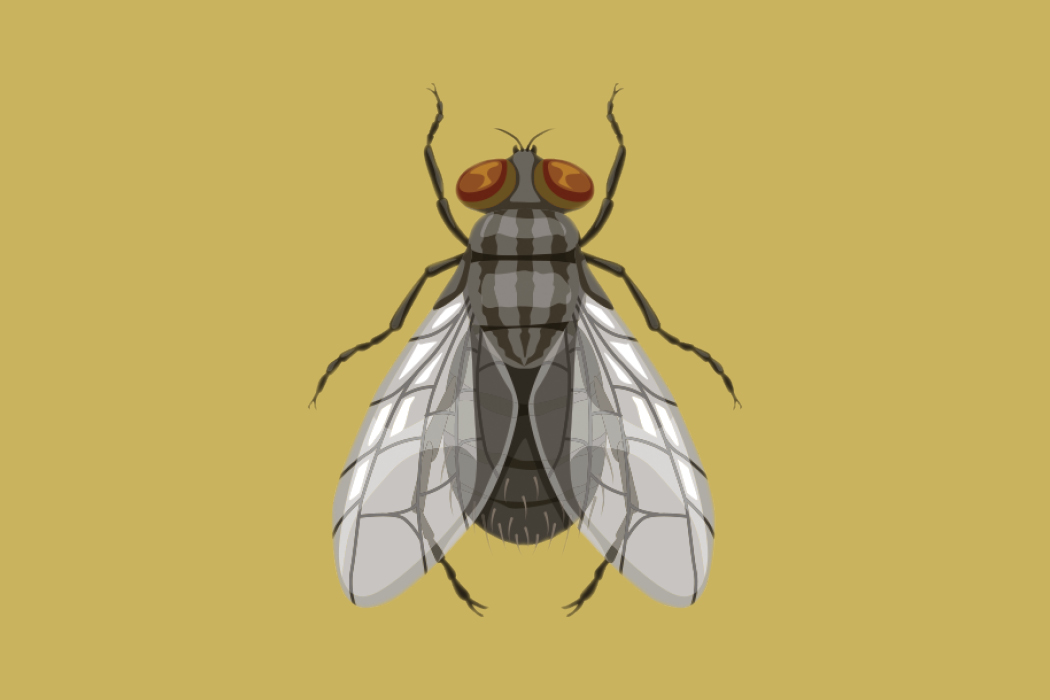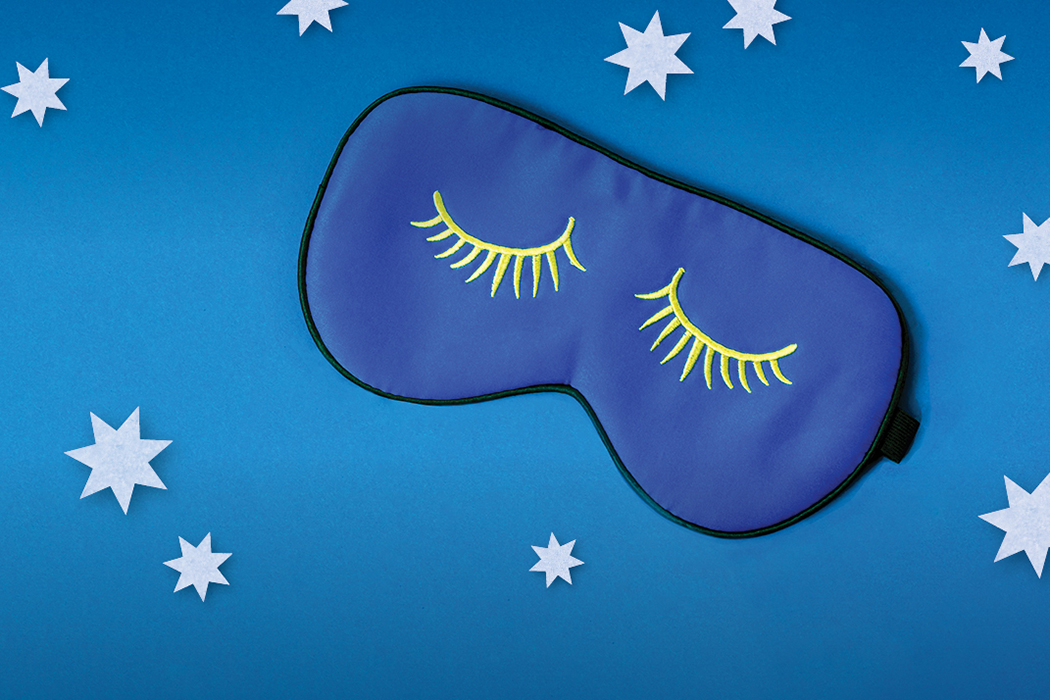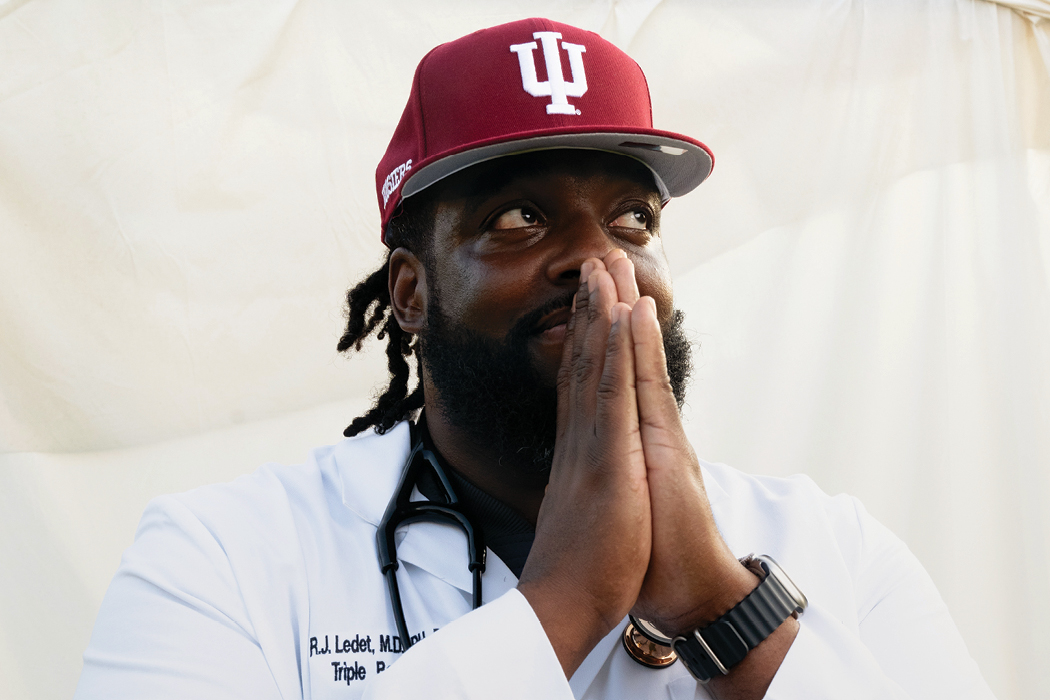IUPUI Researchers See Promise in the Guts of Blow Flies

Could blow flies become a critical line of defense in wartime? Absolutely, say IUPUI researchers.
A team from IUPUI’s Forensic and Investigative Sciences Program has uncovered the ability of blow flies to detect chemicals, including chemical warfare agents, in the environment.
“Blow flies are ubiquitous, and they are very adept at sampling the environment around us,” said Christine Picard, associate professor of biology and director of the Forensic and Investigative Sciences Program in the School of Science at IUPUI. “They will fly through the environment, taste it, and that information will be stored in their guts.”
The idea is that blow flies act as chemical sensors, ingesting information about the world around them as they search for water and food sources. The blow flies’ guts then tell the story of the places they’ve been.
“If an area is too dangerous, too remote, or in an access-restricted area—or if one just wanted to collect samples covertly—then one just needs to put out some bait and the flies will come to the bait,” said Nick Manicke, an associate professor of chemistry and chemical biology and of forensic and investigative sciences at IUPUI.
In the experiments conducted by the IUPUI team, blow flies were exposed to chemicals that simulate chemical warfare agents. The scientists were able to detect the simulated chemical weaponry in the guts of the blow flies for up to 14 days after exposure. This is important because chemical agents don’t persist long in the environment, so the blowflies are providing information that would not have been available to humans before.
“It is fulfilling to know that the work we did throughout this project could improve the safety of warfighters and others who deal with chemicals in the environment,” said Sarah Dowling, a PhD student who co-authored the study.
Interested in advancing this kind of important and innovative work? Support the Forensic and Investigative Sciences Program Fund today.
This article was originally published in the 2022 issue of Imagine magazine.
Tags from the story
Written By
Andrea Alumbaugh
A native Hoosier, Andrea Alumbaugh is a graduate of IU (BAJ’08) and a senior writer at the IU Foundation.



